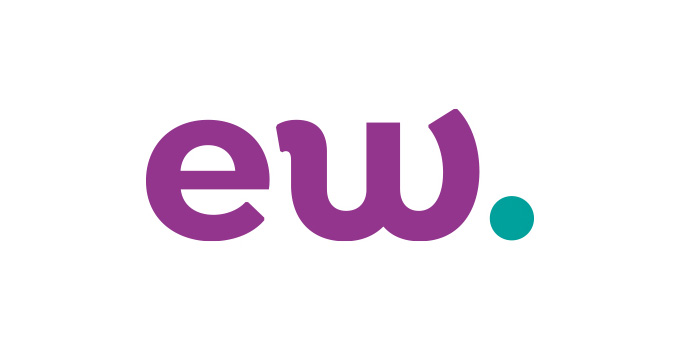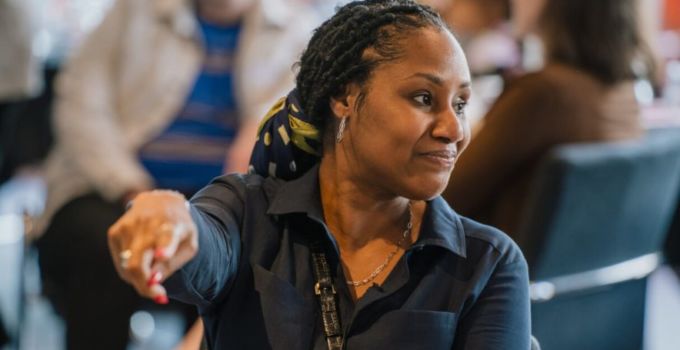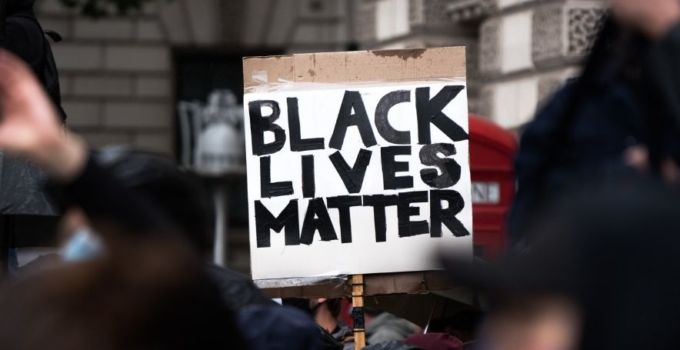
Racial microaggressions: definition, examples, and practical actions

Isha Sadiq is a specialist Diversity, Equity & Inclusion practitioner, with a background in commercial leadership as well as the third sector, where she has built her expertise and knowledge of inclusive leadership. Here she shares her analysis of racial microaggressions and the actions you can take to tackle these harmful patterned behaviors.
Being actively anti-racist as an organization requires conscious and intentional steps. One of these steps is understanding the different ways racism and racial hatred manifests, and acknowledging the power microaggressions have in creating an unjust and unsafe working environment. The acknowledgement of this behavior should then translate in clear and robust messaging, ensuring all are aware and clear that there is a zero tolerance.
By understanding and acting, you can ensure your workplace is an ethical and inclusive environment that amplifies the voices of those underrepresented and leverages them to succeed.
QUICK LINKS
- What is a microaggression?
- What are examples of racial microaggression?
- Invest in the identities of your workforce
- How can leaders help end racial microaggressions?
- Microaggressions exist – it is time to put a stop to them
What is a microaggression?
Racial microaggressions are defined as patterned behaviors by individuals in a majority group, typically white people, that undermine, belittle, stereotype, or insult those in minority groups – usually Black, Asian, and Minority Ethnic individuals.
As far back as 2007, Sue, Bucceri, Lin, Nadal, and Torino described microaggressions as the ‘new face of racism’, and that they have become more common as overt shows of racism have become rarer. That’s not to say they are any less harmful, however, it is important to acknowledge that the very word ‘microaggression’ is felt by many to minimise the impact of seriously discriminative behaviors.
What are examples of racial microaggressions?
There are still many varied microaggressions. Over the course of my life, education and career, microaggressions have appeared in all different shapes and forms. As a woman of Pakistani heritage who wore the hijab as a young person, I was frequently asked if I was “forced” to wear it or if “I kept anything hidden under it”. This sheer ignorance created great discomfort and where some may describe this as curiosity, it translated more as humiliation.
My most prominent experience with microaggressions stems from my name. Isha. Four letters that have given me more obstacles than opportunities. I would just like to state that I love my name and I love the way it’s spelt. It’s pronounced Eye-sha and I’ve even gone as far as to state this on my email signature at work. However, the magnitude of different iterations of my name have sometimes caused me to curl up inside. Eeeesha, Ay-ey-sha, Asia, Asha, the list goes on. I recognize this isn’t a problem exclusively pointed at racialized folk, however, let’s face it, Karen in the Home Counties isn’t facing this problem.
I recall one incident at a previous employer, when the MD repeatedly pronounced my name incorrectly, even after I corrected them (very nicely may I add) a number of times. After three years of this, it boiled down to a moment where I was commended on a piece of work where he publicly acknowledged me as Ay-ey-sha, which was met by confused looks by all my colleagues who weren’t quite sure who he was referring to.
Invest in the identities of your workforce
Investing in the identity and stories of your people is vital to creating a sense of belonging in the workplace. As a first-generation immigrant, my Parents were faced with isolation, racism and forced to assimilate or be rejected. This narrative has filtered down to so many of us first gens, and something as basic as getting our name right goes a long way.
Time and time again, Black, Asian and Minority Ethnic staff from a wide range of organizations across all sectors talk to our consultants of hundreds of variations of these microaggressions – being made to feel unwelcome due to being talked over, left out of invitations to lunch, or receiving frequent comments about their clothes, hair, musical or culinary preferences.
When on the receiving end, these behaviors often do not feel ‘micro’. If someone is wronged or insulted, whatever the intention, they still feel hurt. If the microaggressions continue, even unintentionally, they can have a significantly negative effect on people, including harming a person’s outlook on their place in society, their drive to succeed or their ability to grow professionally. Impact is more important than intent. We hear and see this repeatedly. The same rule applies here.
TACKLE RACISM WITH BESPOKE ANTI-RACISM TRAINING →
How can leaders help end racial microaggressions?
I get it, people sometimes don’t realise that they are behaving in ways that reinforce stereotypes and demean people of other races. But it is the responsibility of both individuals and leaders to educate themselves and their companies on what microaggressions are, what lies behind them, and what we can do to stop these behaviours. In my experience, there are some key steps to begin with:
Understand stereotypes
We all have a duty to educate ourselves about how stereotypes occur. It is particularly important for white communities to do this as the stereotypes of racialized people seen in the media and in the criminal justice system, for example, are not positive ones.
In the main, Black people are more likely to be pulled over by the police or stopped and searched, and consistently experience the media jumping to conclusions about their attitudes, behaviors or aspirations because of their race. Listening to the experiences of Black people, and reading books such as the powerful ‘Brit-ish’ by Afua Hirsch and learning with other anti-racism resources are some key ways to better equip yourself in becoming anti-racist.
Always respect boundaries
I note this specific example because it is alarming how often I hear of it happening, but it is a demonstration of power to have the pronunciation of a name repeatedly corrected and for you to still incorrectly pronounce it. If you are in a position of power, whether it is your seniority or identity and repeatedly mispronounce a name, it is underpinned by the idea that the other person’s is just not important enough for you to get it right. Check yourself.
NURTURE A CULTURE THAT UNDERSTANDS EQUITY AND INCLUSION →
Microaggressions exist – it is time to put a stop to them
Microaggressions can be tougher to tackle than much more obvious aggressive behaviours because, taken on their own, they can seem too insignificant to act against. This is not helped by individuals in the majority getting exasperated with the very idea of microaggressions, thinking the problem is simply down to victims being too sensitive or seeing sleights where they do not exist.
People need time and space to think through the many ways in which advantage and disadvantage play out in their organizations and society. This means inclusive organizations must help their leaders, staff and stakeholders understand microaggressions and give them tools to eliminate them.
Microaggressions are patterned. They are repeated and underpinned by racist tropes and stereotyping, and the cumulative effect can be devastating to confidence, job prospects, wellbeing, and life chances. It’s time to tackle microaggressions in your organization. Contact our experts, or learn more about our equity, diversity, and inclusion training and executive coaching to support your senior managers and leaders.




